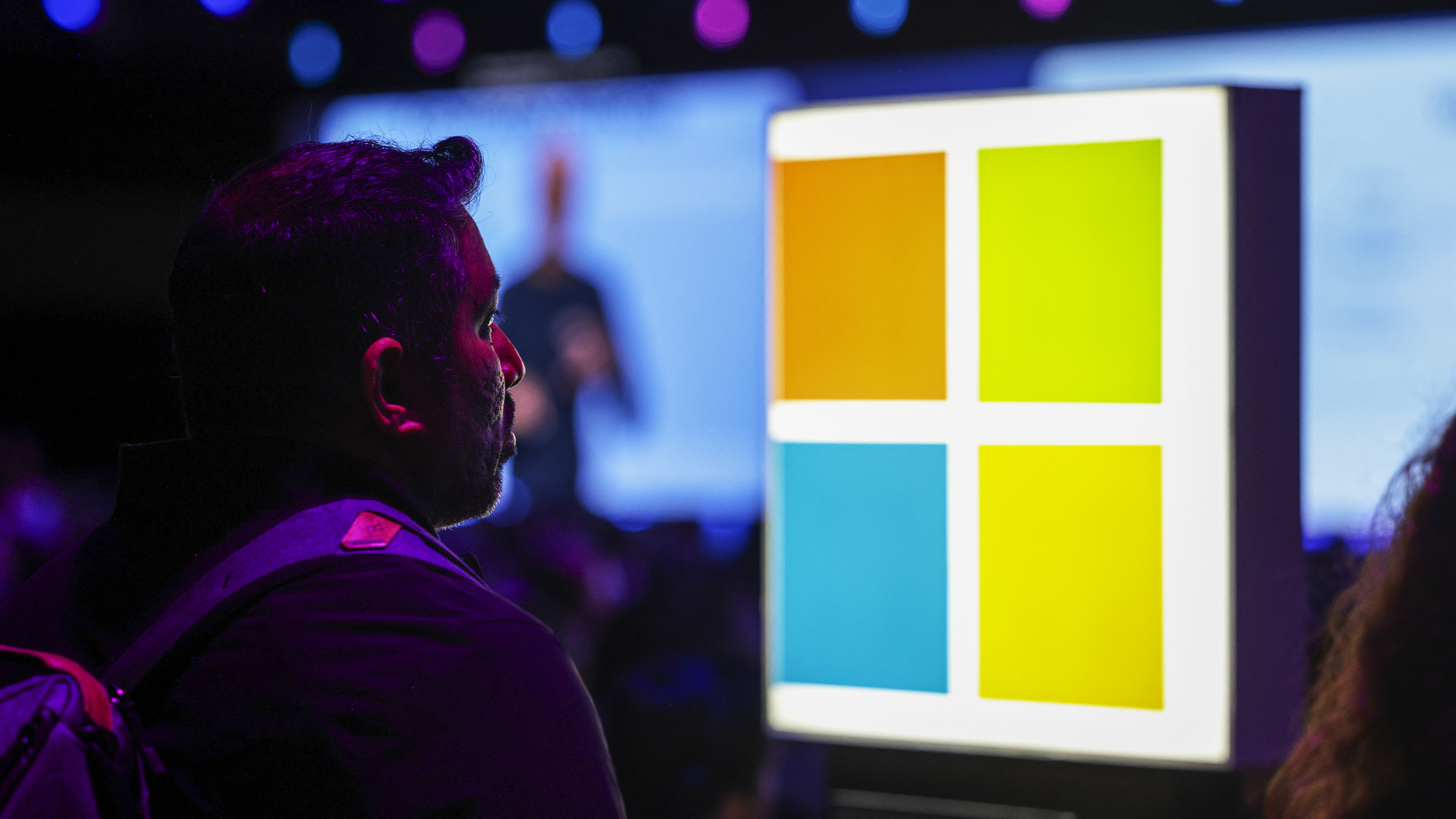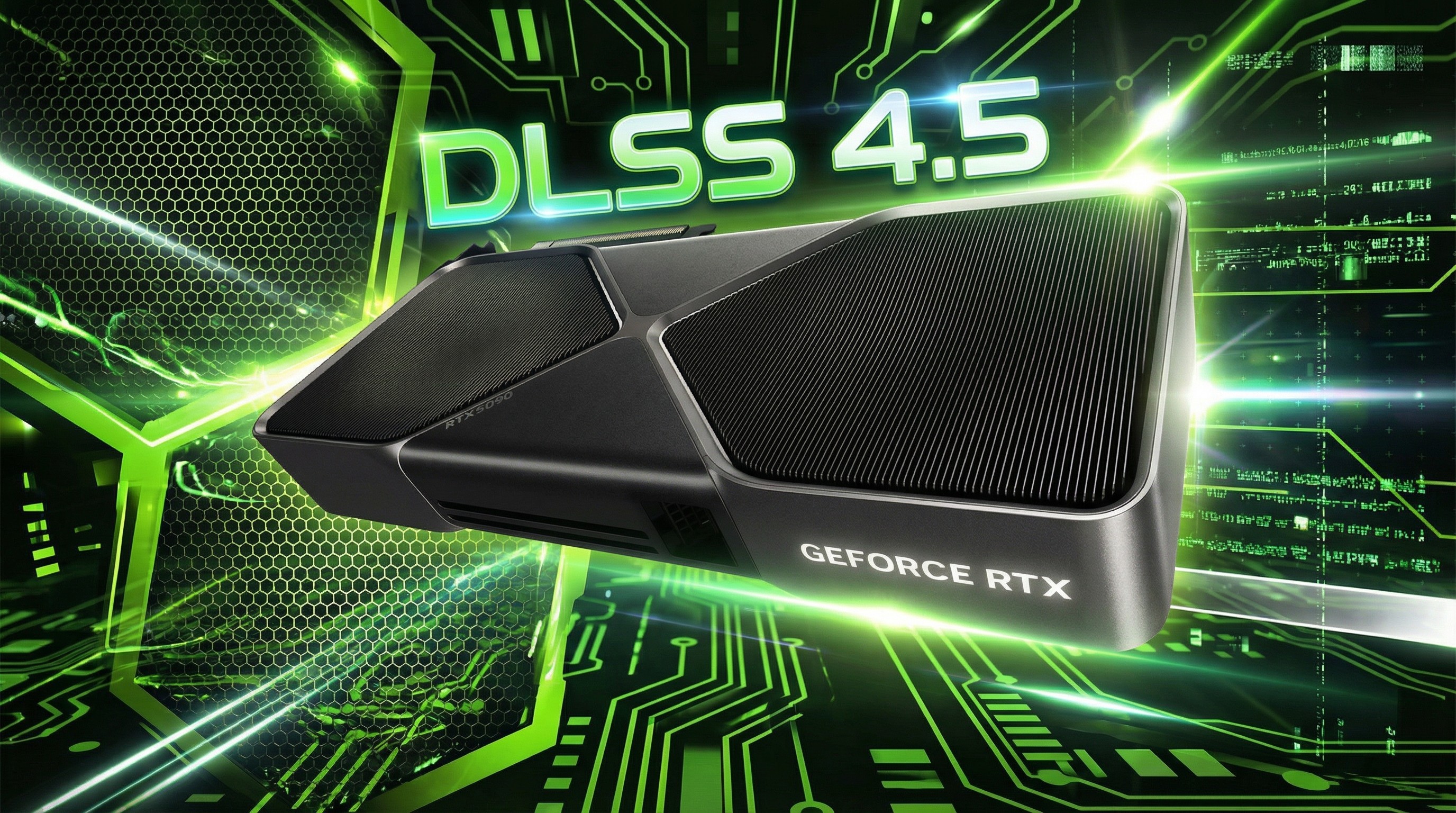Microsoft's new 'flash' reasoning AI model ships with a hybrid architecture — making its responses 10x faster with a "2 to 3 times average reduction in latency"
Microsoft recently unveiled a new small language model called Phi-4-mini-flash-reasoning designed to bolster adaptive learning platforms and on-device due to its reduced latency, improved throughput, and math reasoning.

Last year, Microsoft formed a dedicated AI team to develop small language models (SMLs). While the AI models sport similar capabilities to those found in Microsoft Copilot or OpenAI's ChatGPT, they only require less computing power without compromising on efficiency and effectiveness.
As such, the tech giant won't need to break the bank to advance its efforts in this category. The software giant has shipped several AI models as part of its "Phi-4" range of small models. In May, the company launched a couple of new models, including Phi 4 reasoning, Phi 4 mini reasoning, and Phi 4 reasoning plus.
More recently, the company unveiled Phi-mini-flash-reasoning as its latest entry in the Phi family of small AI models. While the company admits that the model is relatively limited in terms of compute, memory, and latency, it reiterates that it is developed to bring advanced reasoning capabilities to edge devices, mobile apps, and other resource-constrained environments.
Microsoft says that Phi-4-mini-flash-reasoning follows Phi-4-mini; however, it was developed using a new hybrid architecture (SambaY), which makes its responses 10x faster:
"This new model follows Phi-4-mini, but is built on a new hybrid architecture that achieves up to 10 times higher throughput and a 2 to 3 times average reduction in latency, enabling significantly faster inference without sacrificing reasoning performance."
It's worth noting that Microsoft's new AI model sports similar capabilities to its predecessor, including a 3.8 billion parameter open model optimized for advanced math reasoning. Phi-4-mini-flash-reasoning also supports a 64K token context length, fine-tuned on high-quality data, which allows it to deliver reliable and logic-intensive performance deployment.
Microsoft touts its new AI model as the perfect tool to complement adaptive learning platforms, on-device reasoning assistants, and interactive tutoring systems, predominantly due to its reduced latency, improved throughput, and focus on math reasoning. You can access the new model via Azure AI Foundry, NVIDIA API Catalog, and Hugging Face.
All the latest news, reviews, and guides for Windows and Xbox diehards.
This news comes as Microsoft's multi-billion-dollar partnership with OpenAI is in the crosshairs over the ChatGPT maker's for-profit evolution plans. While OpenAI's $3 billion acquisition of the Windsurf AI coding tool is no longer a concern since Google already struck a licensing deal with the company, more issues are seemingly abounding.
A separate report suggested that OpenAI could prematurely declare AGI (artificial general intelligence), bringing the once-best techbromance to an abrupt end before 2030. This means that Microsoft will no longer have access to OpenAI's intellectual property (IP) and next-gen AI technology to support its efforts in the ever-evolving landscape.
Interestingly, Microsoft has seemingly been creating its own path in the AI landscape, perhaps in a bid to emancipate itself from an overdependence on OpenAI. Microsoft is developing its own off-frontier AI models, which could be 3-6 months behind OpenAI. The tech giant is also reportedly testing third-party models in Copilot.
Microsoft's AI CEO, Mustafa Suleyman, already admitted that the company's strategy is to "play a very tight second" to OpenAI in the AI race while simultaneously cutting down on development costs, allowing it to focus on specific use cases.

Kevin Okemwa is a seasoned tech journalist based in Nairobi, Kenya with lots of experience covering the latest trends and developments in the industry at Windows Central. With a passion for innovation and a keen eye for detail, he has written for leading publications such as OnMSFT, MakeUseOf, and Windows Report, providing insightful analysis and breaking news on everything revolving around the Microsoft ecosystem. While AFK and not busy following the ever-emerging trends in tech, you can find him exploring the world or listening to music.
You must confirm your public display name before commenting
Please logout and then login again, you will then be prompted to enter your display name.

